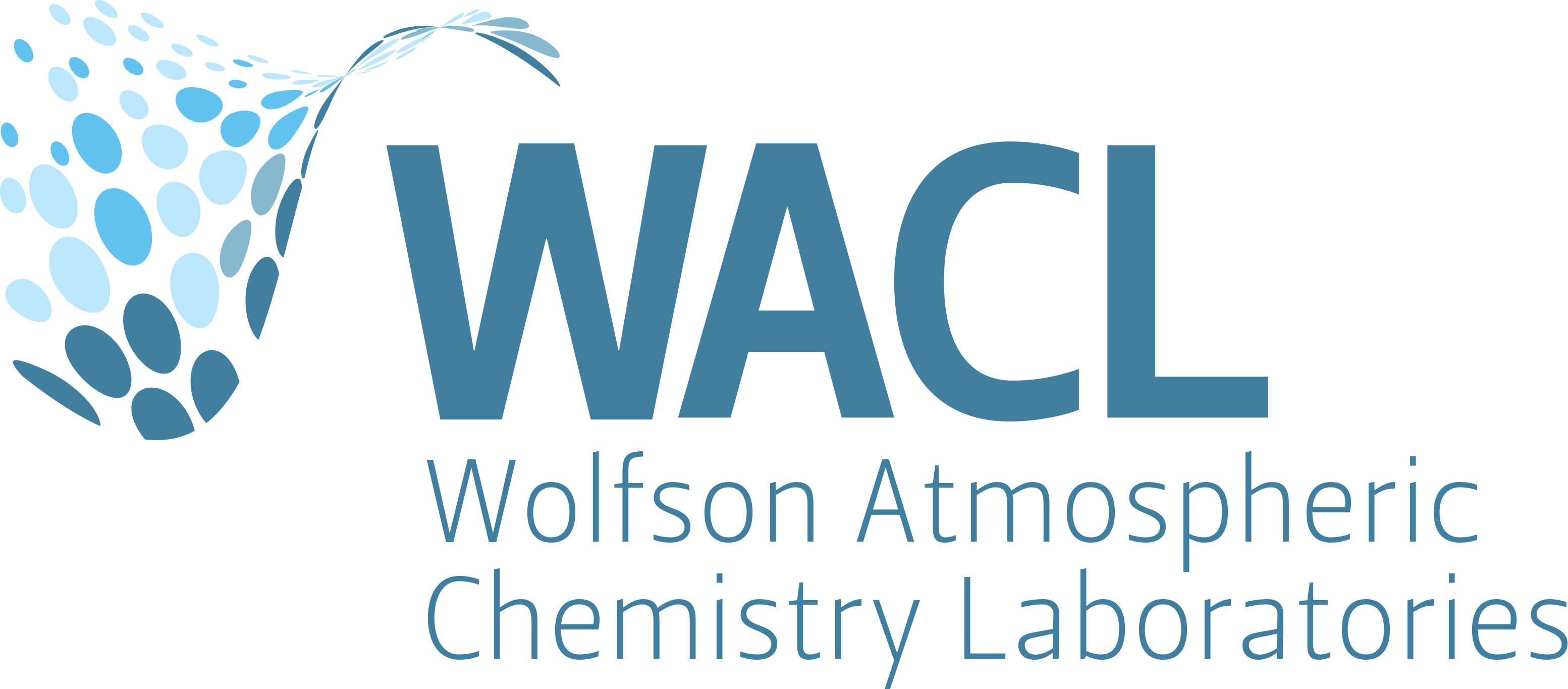Common Representative Intermediates Mechanism (v2.2)
Mechanism
The original Common Representative Intermediates (CRI) mechanism, version 2 (CRI v2), is a reduced mechanism describing ozone formation from the tropospheric degradation of methane and 115 emitted non-methane hydrocarbons and oxygenated volatile organic compounds. It was developed using the Master Chemical Mechanism version 3.1 (MCM v3.1) as a reference benchmark (see the Construction Methodology page for more details).
The mechanism available at the current site is denoted CRI v2.2. This includes substantially revised chemistry for isoprene degradation, but otherwise possesses the same reaction set as CRI v2.1. It also includes some common rate coefficient revisions consistent with those in the MCM v3.2 to v3.3.1 transition (see the Construction Methodology page for more details).
CRI v2.1. is available in download form only. This possesses the same reaction set as CRI v2, but has undergone some common rate coefficient revisions in parallel with those in the MCM v3.1 to v3.2 transition. A series of five reduced variants of CRI v2 (denoted R1 - R5) which have been developed, through systematic lumping of the emitted anthropogenic VOC species set, are also available to download (see the Construction Methodology page for more details).
Using the website
The CRI mechanism contains 1268 reactions comprising 445 different species. These can be explored by either starting at a primary emitted VOC in the Browse page, or directly typing a species name (or other identifier such as SMILES or InChI) into the search bar.
Subsets of the mechanism can be exported to download for offline browsing or use in kinetic modelling software (currently FACSIMILE and KPP are supported). This is done by adding emittents of interest to the marklist using the green plus buttons found throughout the website and then navigating to the export page.
Further details about the mechanism, including its development history, how to cite it, acknowledgement of funders and contributors, and a full archive of previous versions, can be found under the About heading in the navigation bar. There are alternative mechanisms that can be browsed in the same way by changing the mechanism from the Select Mechanism dropdown option in the navigation menu.
Updates
- 2023-11-13: Mechanisms can now be exported to KPP format
- 2023-11-10: AtChemOnline Tutorial added

